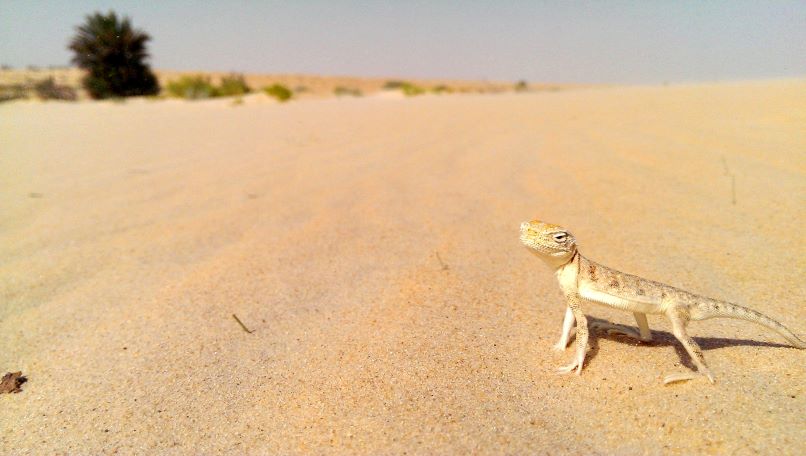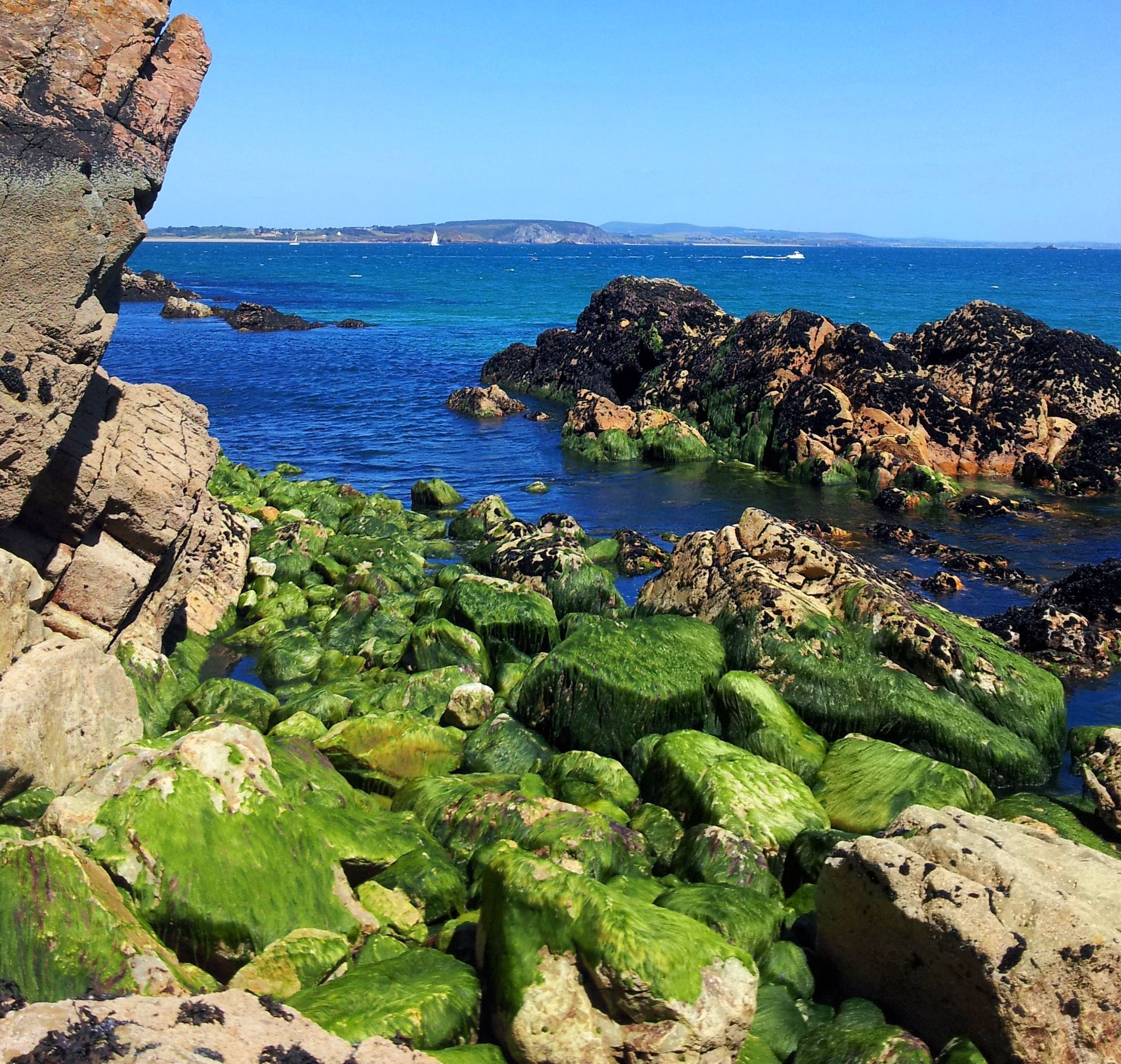Boosting Investment in Natural Capital: A Path to Sustainable Development
Natural capital encompasses the Earth’s natural assets—forests, rivers, oceans, and biodiversity—that provide essential ecosystem services for human well-being. As climate change intensifies, significant portions of natural capital are at risk, and investing in these assets is crucial for sustainable development. This article explores the threats of climate change, the importance of investing in natural capital, and effective measures to enhance this investment.

The Risks to Natural Capital
Statistical evidence highlights the precarious state of our natural capital due to climate change:
- Biodiversity Decline: The World Wildlife Fund reports that global wildlife populations have declined by an average of 68% since 1970, primarily due to habitat loss and climate disruptions.
- Water Scarcity: The United Nations estimates that by 2025, nearly 1.8 billion people will face water scarcity, which will be exacerbated by altered rainfall patterns and increased evaporation linked to climate change.
- Soil Erosion: The Food and Agriculture Organization (FAO) states that about 33% of the Earth’s soils are degraded, undermining food security and agricultural productivity as climate impacts worsen.
- Forest Loss: The IPCC highlights that deforestation is responsible for approximately 10-15% of global greenhouse gas emissions, further threatening ecosystems and climate stability.
These statistics underscore the urgent need to safeguard and restore natural capital as a buffer against climate change impacts.
Importance of Investing in Natural Capital
Investing in natural capital is vital for several reasons:
- Sustaining Ecosystem Services: Healthy ecosystems provide critical services such as clean air, water purification, pollination, and climate regulation. These services are foundational to human health and economic activity.
- Economic Resilience: Natural capital supports key sectors such as agriculture, forestry, and tourism. Investing in these areas enhances economic resilience, especially in the face of climate uncertainties.
- Mitigating Climate Change: Protecting and restoring natural ecosystems—like forests, wetlands, and mangroves—can significantly reduce greenhouse gas emissions. These ecosystems act as carbon sinks, absorbing CO2 from the atmosphere.
- Social Equity: Investing in natural capital can promote social equity by ensuring access to resources and ecosystem services for marginalized communities, contributing to poverty alleviation and improved livelihoods.
“Nature is not a place to visit, it is home” – Gary Snyder
Measures to Boost Investment in Natural Capital
To enhance investment in natural capital, several strategies can be implemented:
- Policy Incentives: Governments can introduce tax breaks, grants, and subsidies to encourage businesses to adopt sustainable practices and invest in conservation efforts.
- Public-Private Partnerships: Collaborative initiatives between public entities and private companies can drive funding for natural capital projects, such as reforestation, sustainable agriculture, and biodiversity conservation.
- Green Financing: Green bonds and impact investments can channel capital into projects that restore natural ecosystems and enhance resilience to climate change.
- Corporate Sustainability Goals: Companies can integrate natural capital considerations into their business models, setting measurable targets for biodiversity protection and resource conservation.
- Community Engagement: Involving local communities in conservation projects ensures that investments are relevant and sustainable. Empowering communities to manage their natural resources can lead to better outcomes.
Natural Capital and Carbon Emission Mitigation
Natural capital plays a crucial role in mitigating carbon emissions:
- Carbon Sequestration: Forests, wetlands, and oceans act as significant carbon sinks, absorbing CO2 and helping to offset emissions. According to the IPCC, intact forests can sequester up to 2.6 billion tons of CO2 annually.
- Restoration of Ecosystems: Initiatives to restore degraded ecosystems can enhance their carbon storage capacity. Reforestation and wetland restoration are effective strategies for increasing carbon sequestration.
- Sustainable Land Management: Practices such as agroforestry, organic farming, and conservation tillage improve soil health and increase carbon storage in soils, contributing to climate mitigation.
- Biodiversity Conservation: Maintaining biodiversity enhances ecosystem resilience, enabling ecosystems to withstand climate change impacts better while continuing to provide essential services, including carbon sequestration.


Boosting investment in natural capital is not just an environmental imperative but a cornerstone of sustainable development. As climate change threatens our natural assets, proactive measures to protect and restore these resources are essential. By recognizing the value of natural capital and investing in its preservation, we can foster economic resilience, promote social equity, and mitigate climate change, ensuring a sustainable future for future generations.
CONTACT US to understand how this new norm affects you.






